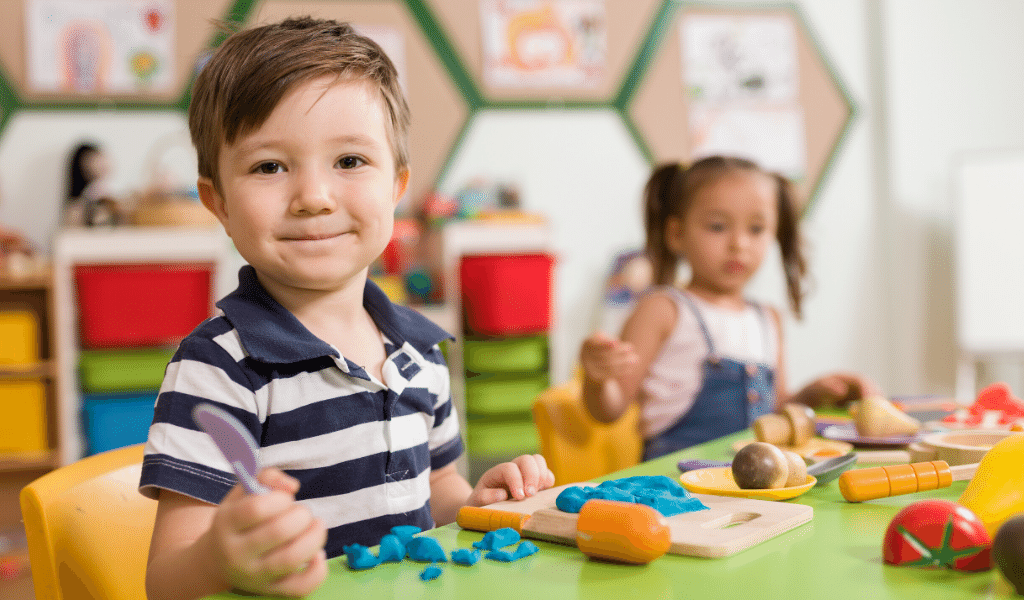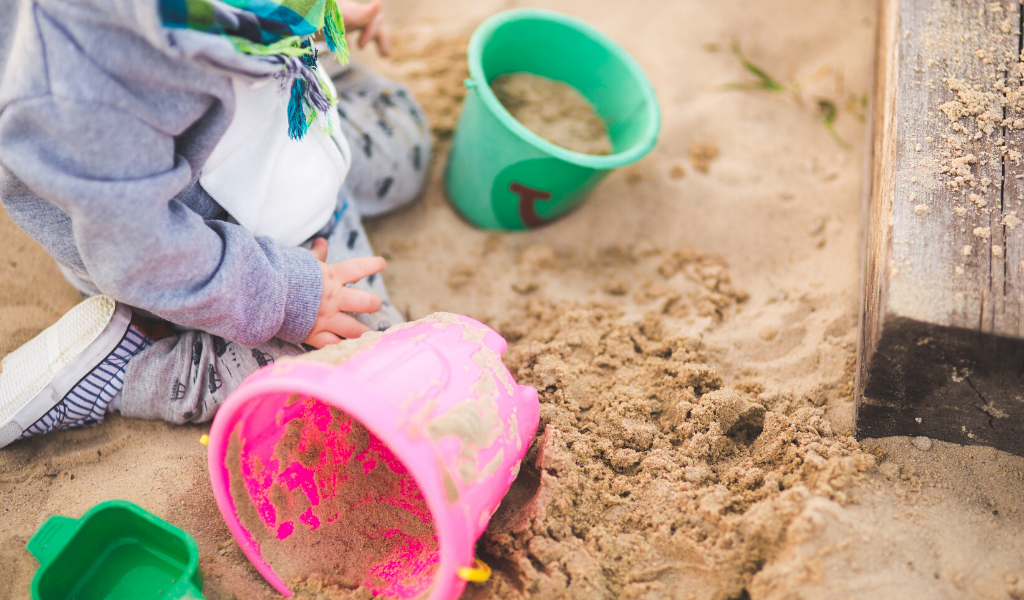Usually, when we talk about bursting someone’s bubble, it is in a negative context, something bad happening. For a child, a burst bubble can be a devastating event! On this occasion, however, it is good news. In an update to the government guidance document, Actions for early years and childcare providers during the coronavirus (COVID-19) outbreak, on 2 July it was announced that from 20 July, “early years settings will no longer be required to keep children in small, consistent groups [aka bubbles] within settings”.
The rationale for this is based on a number of premises:
Schools must continue to abide by the bubble model, albeit considerably larger bubbles, and separate guidance has been released on how this is to be managed with the full return of pupils from September.
Since settings have reopened, we have been working to a ‘system of controls’ or protective measures which aim to provide a safer environment with a subsequently reduced risk of infection for children and staff. Keeping staff and children in small, consistent groups, commonly referred to as ‘bubbles’ was previously one of these protective measures.
Whilst bubbles have now been removed, the other measures remain in place and must be covered – although there is some leeway for settings to interpret and adapt the controls to suit their own circumstances. Where something is a legal requirement or considered essential for public health by PHE (Public Health England) this is made clear, for example, by use of ‘must’.
Must be in place in all settings, all the time:
Settings must put in place measures that suit their particular circumstances:
Applies in all specific circumstances:
Must be followed in every case where they are relevant:

Although from 20 July, it will no longer be a requirement to keep children and staff in separate bubbles, the revised guidance does come with a caveat, stating:
“Settings should still consider how they can minimise mixing within settings, for example where they use different rooms for different age groups, keeping those groups apart as much as possible”.
The guidance for schools is slightly different, stating that headteachers must:
“Give formal consideration of how to reduce contacts and maximise distancing between those in school wherever possible and minimise potential for contamination so far as is reasonably practicable”.
As the Government have acknowledged, schools are generally far larger than early years settings so although in both cases the bubble model has been relaxed, what this looks like is rather different for the two. The principle remains similar, however: the fewer people you mix with the lower the risk of contracting or transmitting Covid-19.

Good question. The statement regarding small groups appears to be contradictory and therefore confusing. My interpretation is that, whilst you can move away from the bubble system it doesn’t necessarily mean you should, or not completely at least. Although the risk of transmission has been reduced, it has not been eliminated and individual settings will need to make their own judgement call, based on their updated risk assessment, coupled with practicalities. You might like to consider:
One big advantage of the bubble system is that of containment. If a child or member of staff tests positive for Covid-19 everyone who they had been in contact with, up to 48 hours prior to showing symptoms, would be required to isolate. Under the current measures, in consultation with the local HPT (Health Protection Team) the likelihood is that isolation would only apply to staff and children in that individual’s childcare bubble. With no bubbles in place it may be impossible to identify exactly who came into close contact, in which case, potentially, everyone may be directed to isolate, and the setting be closed for 14 days.
For some settings, implementing bubbles has been a logistical nightmare. This may be because of the size or layout of the premises, making keeping the groups apart difficult to manage. It may be due to insufficient staffing because of having to overstaff each bubble to keep them in ratio, cover breaks etc. It may be due to not being able to split resources effectively between bubbles, or the burden of additional cleaning of shared resources. Whatever the reason, this relaxation of the requirements will come as a relief for those settings, and the practical benefits may outweigh the concerns regarding transmission and possible closure due to isolation requirements.
It is, as is often the case, about striking a balance: a risk-benefit approach. You may decide to continue with bubbles in their entirety, especially if the system is working well for you. If not consider how you might continue to implement them to a lesser extent, in a way that works for you.
For example:
You may need to reassure staff and children that this new way of working is safe. Talk to them about the government rationale above and protective measures in place; your ‘system of controls’, based on your risk assessment.

This change includes childminder settings too, but will have less impact, given that for the most part each childminder setting is a whole bubble anyway. Where childminders work together in the same setting, or with assistants, however, they may have been operating a separate bubble system, in which case the same considerations as above would apply.
What the relaxation in bubbles does NOT change, is the ability for childminders to visit each other’s homes or circumstances in which they may meet up in outdoor spaces. The capacity to remove or mix bubbles is only relevant within a setting, not between, and so in this instance, it is the requirements regarding overall social distancing measures that are relevant.
From 4th July these measures were also relaxed, with meeting indoors becoming permitted, but restricted to a maximum of two households at any one time, with social distancing at 2m apart if possible, and 1m+ if not. A childminder setting is not a single household in this context, it is a mix of households, and so does not meet the criteria.

Similarly, meeting outdoors rules changed to allow two households or six individuals to gather, under the same social distancing requirements. So, childminders can still meet up outdoors, as long as there are no more than six people in total, including children, and each childminder ensures that they and the children in their care maintain the required distance of 2m or 1m+ from the other childminder and children.
Whatever you decide to implement in your setting regarding bubbles and bubble bursting, it must be based on your own research and a robust risk assessment. Read the government guidance, consider the potential risks and think about what you have already or can put in place to mitigate these. If you follow this process you will be keeping everyone in your setting as safe as you can, whilst enabling the child in your care to play, develop, learn and enjoy their time with you.

About Rebecca
Rebecca has 20 years’ experience in the early years sector: as a childminder, she has received an Outstanding grade from Ofsted for four consecutive inspections. She is an Early Years consultant, trainer, author and Nursery World Awards judge. She is also a qualified teacher and Early Years Professional.